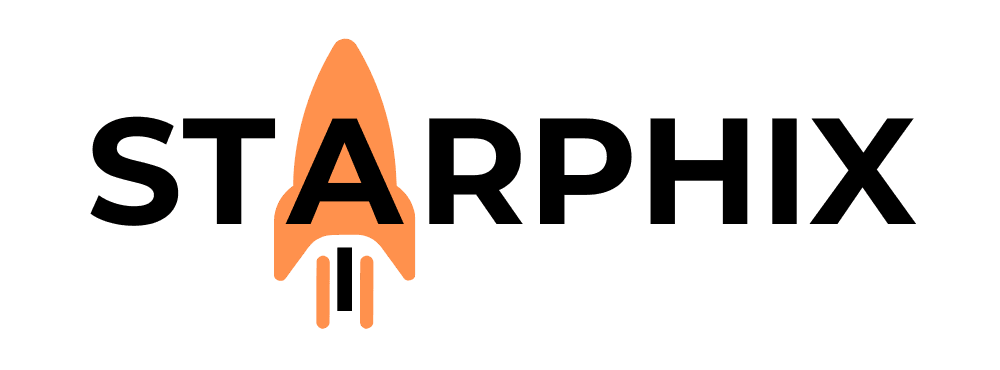Introduction: Making the House Livable 🤔 #
We’ve built our AI house. We have a solid foundation of hardware and a strong frame and structure with our AI models. But a house isn’t livable without plumbing and electricity. The Platform Layer is the plumbing and electrical systems that make our AI house useful and connected to the outside world. This is the layer that brings the power of AI into the apps and tools we use every day, primarily through something called an API.
(Image Placeholder: The “AI Stack” graphic, now with the top layer highlighted, labeled “Platforms & APIs,” showing connections to various app icons like email, calendars, and spreadsheets.)
What is an API? The Universal Translator 🗣️ #
An API, which stands for Application Programming Interface, is a set of rules that allows different software programs to “talk” to each other. It acts as an intermediary, translating requests from one program into a format that another program can understand, and then bringing back the response.
A simple analogy is a waiter in a restaurant:
- You (an application): You know what you want (e.g., to summarize a piece of text), but you don’t know how to cook.
- The Waiter (the API): You give your order to the waiter in a language they understand (an API request). The waiter takes your request to the kitchen.
- The Kitchen (the AI Model): The kitchen prepares your order.
- The Waiter (the API): The waiter brings the finished dish (the summarized text) back to your table.
The API handles all the communication so that the two different systems—your app and the powerful AI model—can work together seamlessly without needing to know the complex details of how the other operates.
How APIs Power the AI World 🌍 #
When a company like OpenAI or Google creates a powerful new LLM, they don’t expect everyone to build their own version. Instead, they provide an API. This allows developers all over the world to integrate that powerful AI into their own websites and applications. That grammar-checking app, the customer service chatbot on a retail site, the AI-powered search in your favorite productivity tool—they are all likely using an API to send a request to a large AI model and get a response back in milliseconds.
The No-Code Revolution: AI for Everyone 🙌 #
The best part about APIs is that they empower no-code automation platforms. Tools like Zapier, Make, or n8n are built on top of APIs. They provide a visual, drag-and-drop interface that lets anyone connect the apps they use every day without writing a single line of code.
You can create a “recipe” that says, “When I receive a new email in Gmail with an attachment, send the attachment’s text to an AI model via its API to be summarized, and then post that summary in my Slack channel.” The no-code platform handles all the API calls behind the scenes, making the power of AI accessible to everyone, not just developers.
Related Reading 📚 #
- What’s Next?: The Ecosystem: Major Players & Platforms 🏢
- See a Practical Example: For the Small Business Owner: 5 High-Impact Automations to Implement Today 🧑💼
Understand the Cost:The Token Economy: How API Pricing Really Works 💰


